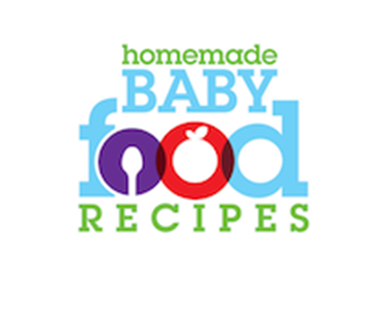Baby Sign Language – Understanding Baby’s Needs
Teaching your baby sign language is a simple, enjoyable way to create a deeper bond with your child and to both recognise and respond to his needs.

As parents, our priority is to keep our babies happy and to put things right if they’re not! But, no matter how “tuned in” we are to our little ones, there are still occasions when it can be difficult to establish precisely what is upsetting them.
Wouldn’t it be wonderful to know what they are thinking?
Baby sign language may be the key to achieving this simple communication with baby. Many parents who use it are amazed by both its effectiveness and the satisfaction it gives them to be able to respond quickly to their little one’s needs.
Is it really possible to teach a baby to sign?
Absolutely – in fact, in households where parents have hearing difficulties and use sign language as their primary form of communication, babies have been known to use simple signs from as early as 6 weeks.
In hearing households, however, baby signing is generally introduced from around 6 months of age. Babies often begin using these signs from around 7-8 months – this is clearly much earlier than they would be able to communicate with speech.
Baby sign language is sometimes recommended for toddlers with difficulties in learning speech due to physical problems, or to children with developmental delays.
Your baby may already be displaying his own form of sign language …
from a shake of the head for “no”, to a wave of the hand for “bye bye”! The idea of baby sign language is to introduce a wider variety of gestures and increase his “signing vocabulary”.
Is there a risk that learning to use sign language can hamper my child’s ability to speak later on?
All research suggests otherwise – in fact, babies taught sign language may even begin to speak earlier than usual and tend to develop very wide vocabularies.
This article offers an insight into how baby sign language may be an asset to a child’s development.
What is the difference between baby sign language and conventional signing?
Actually, there is very little difference and many people tend to use simple, conventional signs as they will be more widely understood.
Some parents, however, prefer to develop their own signs – so use whatever works for you and your baby.
Remember, baby signing is easy to master – no prior knowledge is needed and you can have fun learning it along with your child.
So how do my baby and I get started?
Visit simple steps to baby signing for some ideas on how – and when – to begin teaching and using baby sign language.You can also investigate baby sign language courses in your area, or make use of online sign language dictionaries.
Many parents opt to use a baby sign language dictionary – which is really just composed of the basic signs from a conventional dictionary.
The advantage of using formal signing as opposed to a specific system for babies is that it is recognised by a much wider group of people.
- Lifeprint is an American Sign Language (ASL) resource site which features “Baby’s First 100 signs”, based on ASL.
- Or, for information about Australian sign language, visit www.auslan.org.au friendly link
Recommended baby sign language books

